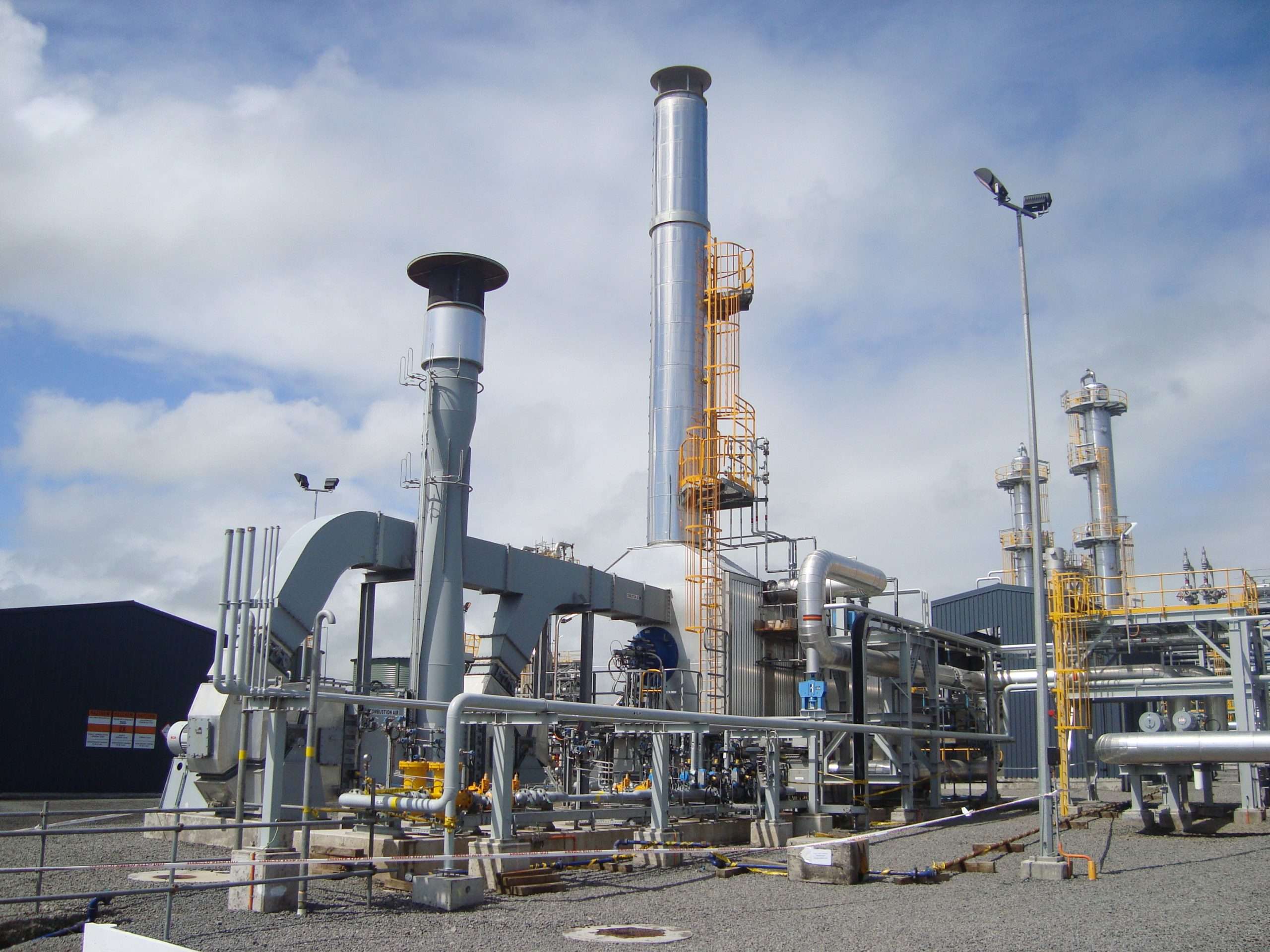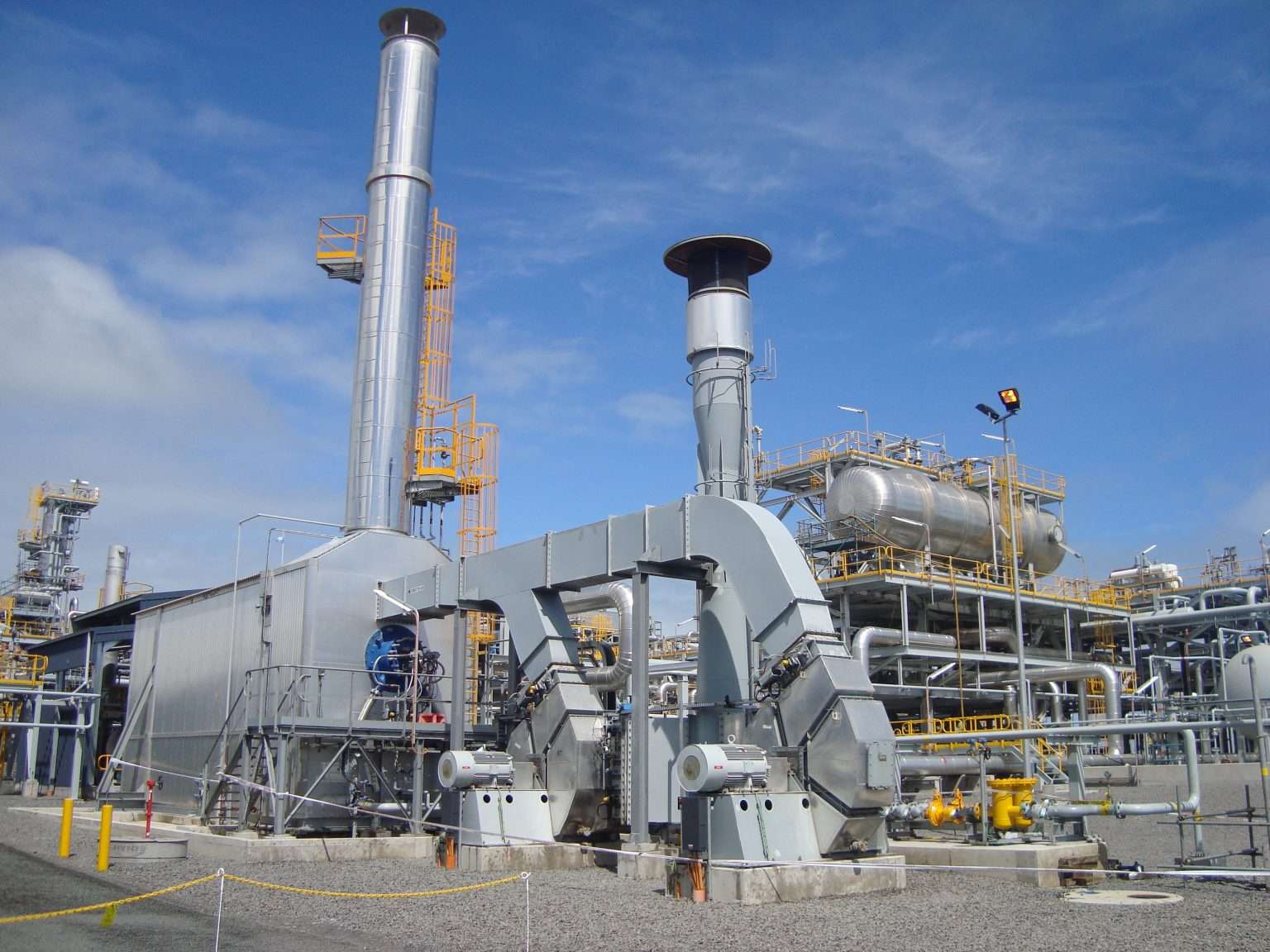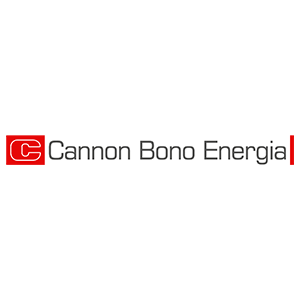Inspection doors around the heater ensure easy access to the pressure parts, to reduce downtime for maintenance or repair operations. The absence of a refractory wall at the back reduces extraordinary maintenance events drastically, making these heaters particularly suitable for the combustion of heavy fuel oil, which requires frequent cleaning of internal parts and can damage refractory walls.
The thermal oil enters the convective section, at a lower temperature and only later goes into the hotter radiant section, reducing thermal shocks on the oil, especially during start-up. The absence of refractory walls on the back does not allow unwanted heat transfers from refractory to oil when the plant shuts down. Such transfers with no circulation could cause cracking of the thermal oil.
After assembly, each boiler is subjected to a series of industrial tests that simulate the operating conditions of the customer.
